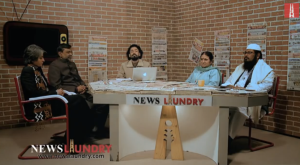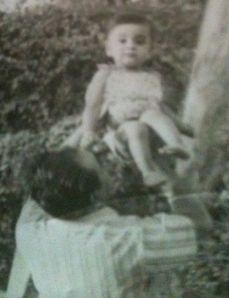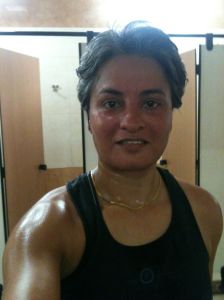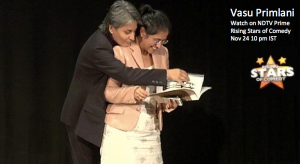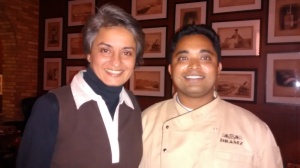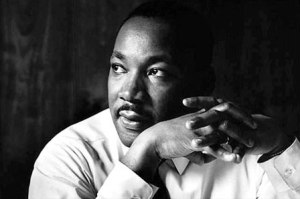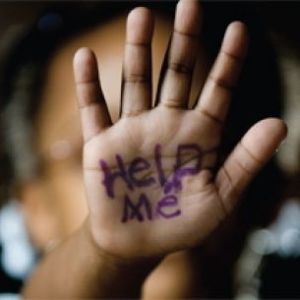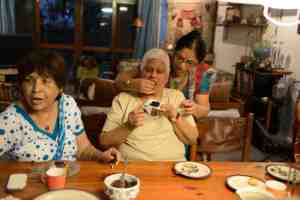 Daily living in India is shit. The traffic, the yelling, the garbage, the patriarchy. And I so often forget the Delhi I grew up with, the Delhi I love.
Daily living in India is shit. The traffic, the yelling, the garbage, the patriarchy. And I so often forget the Delhi I grew up with, the Delhi I love.
Every morning my mother wakes up and goes to the wall dividing our neighbor’s house from ours. Every morning she finds a steaming cup of tea waiting for her, with a plate of biscuits. Sardarni aunty or sardar uncle make it and put it out there for their friend every morning.
Every so often, we’d come upon a two-wheeler scooterwala pointing repeatedly to a closed car door, with a dupatta or sari palla hanging out of it, trying to notify the woman inside that she’s closed the door on her palla. This doesn’t happen anywhere else in the world. Because no other women in the world wear a sari. (hehe, sorry).
Indians are the greatest friends in the world. They will always fight to pay the bill when dining out. The limits of intimacy are best transgressed by Indian friends. At a local swimming pool, octagenarians would get together every Sunday for a swim and one of them would be pakodas for their Sunday brunch. A few Sundays went by, and they didn’t see their friend, so they called. Found out he was sick. ‘Oh, if you’re sick, at least come by, don’t swim, but get our pakodas.’ And that’s not the end of the brazenness of this request; the friend came with the pakodas. ‘cause we be intimate like that.
When I was a child, I went to visit my mother at work, at the American Cultural Center. The security guard behind the bulletproof glass wasn’t paying attention to me waiting to be let in. The Chief of the American Cultural Center, who was on the phone at the security booth, was. She tapped the guard on the shoulder and pointed me out. I broke into an inadvertent smile, and nodded my thanks. In acknowledgement, she winked at me. To this day, I am amazed at that trust – in a culture where winks are seen as disrespectful, she wasn’t being ignorant. Her wink reached across our skin colors, and culture, to establish her playfulness and an innuendo of a statement ‘we gals gots ta stick together’. At my age, she trusted that I’d get all that.
Another time I was tricked by another American. We had been invited to dinner, my twin sister and I, by a friend of my mum’s, an American diplomat. We were ushered to a dining table, our host graciously asked us if we’d like dinner. ‘No, no’, we protested. He placed pastries before us. Loving the sight of them, but loath to abandon our manners, we didn’t reach out a hand. He placed them in our plates. ‘No, no’, we still protested. He said, with all the mischief of an elf, well, they’re in your plates now, you might as well eat them.
Bobby uncle is a neighbor whose house I’d walk into any hour of the day or night. One day I said to him, I wanted to call to see if it was okay to come over. He said, the day you ask me for permission to come home, I’ll break your legs.
Such are Indians. Such is their love. This is my India: where people go out of their way to be hospitable to strangers, neighbors, friends.

